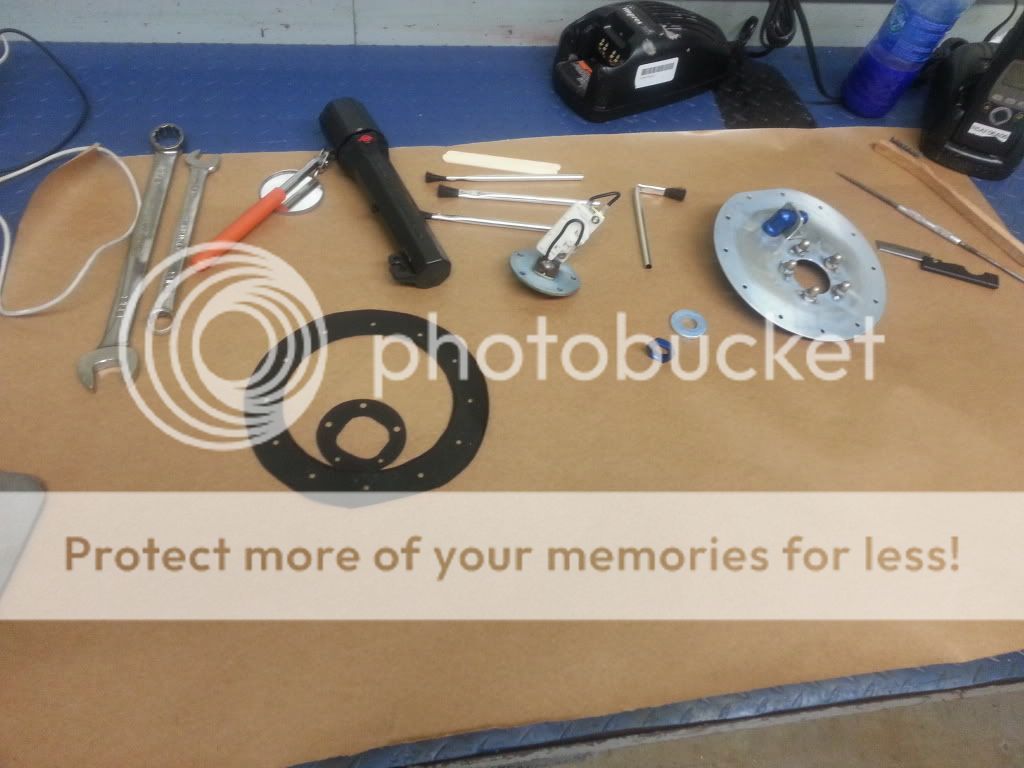Per Flamemaster's Application Document, Rev.III, 01/15/07:
Cleaning Solvents
1. Isopropyl Alcohol TT-I-735 E
2. Methyl Ethyl Ketone (MEK) ASTM D740 E
3. Naphtha TT-N-95 E
4. Solvent Cleaning Compound MIL-C-38736 E
Per AIR4069a, revised 05/98:
A solvent mixture consisting of (by weight)
Aromatic naphtha (containing 30 parts toluene) 50%
Ethyl acetate 20%
Methyl ethyl ketone 20%
Isopropyl alcohol 10%
or (non-photochemically reactive mixture)
Toluene 18.5%
Ethyl acetate 35.5%
Methyl ethyl ketone 36.0%
Isopropyl alcohol 10.0%
or "other solvents used successfully"
a) ASTM D 740 Methyl ethyl ketone (MEK), technical grade
b) Naphtha, aliphatic
c) Naphtha, aromatic
d) Toluene, technical grade
e) Dry cleaning solvent, high flash
Both documents are very specific about cleaning method. Solvent is applied and scrubbed while maintaining a fully wet surface, then the wet solvent, with its suspended contaminants, is removed by wiping dry with a separate, new, clean cloth. Repeat until the second cloth remains clean.
It's the old two-handed scrub. Personally, I like a roll of blue paper shop towels.
AIR4069a has this to say about repair:
12.4.2.4 Fillet Seals:
The repair of a fillet seal involves the following steps:
a. Remove the defective sealant using nonmetallic tools. Steel knives or scrapers must not be
used.
b. Cut the remaining ends of fillets, tapering them to approximately a 30o. At least 0.5 in
(12.7 mm) on each fillet end should be abraded.
c. Clean the surface (see Section 5).
d. Repair the corrosion-protective coating with an epoxy-based primer, such as a coating that
meets the engineering requirements of MIL-P-23377 (see Section 4).
e. Apply adhesion promoter (allow approximately 30 min, maximum, for activation). At this
point, there are two methods for proceeding; both methods are acceptable.
Method I - Apply a brushcoat of Class A polysulfide or polythioether sealant at a sufficient width
along the seam or joint such that, after the fillet is applied and tooled, the Class A material
extends 0.100 in (2.54 mm) wider on each side of the fillet.
Apply the Class B extrudable fillet sealant and tool it. In those companies which use this
technique, the Class B sealant is applied any time after the Class A material becomes tack free.
If more than 4 h passes without applying Class B material, the Class A surface must be cleaned
and abraded.)
Method 2 - Apply Class B extrudable polysulfide or polythioether sealant directly to freshly
applied adhesion promoter. The Class B fillet must be applied after at least 30 min of adhesion
promoter application, and not greater than 4 h after application of adhesion promoter. Tool, or
fair, the fillet.





